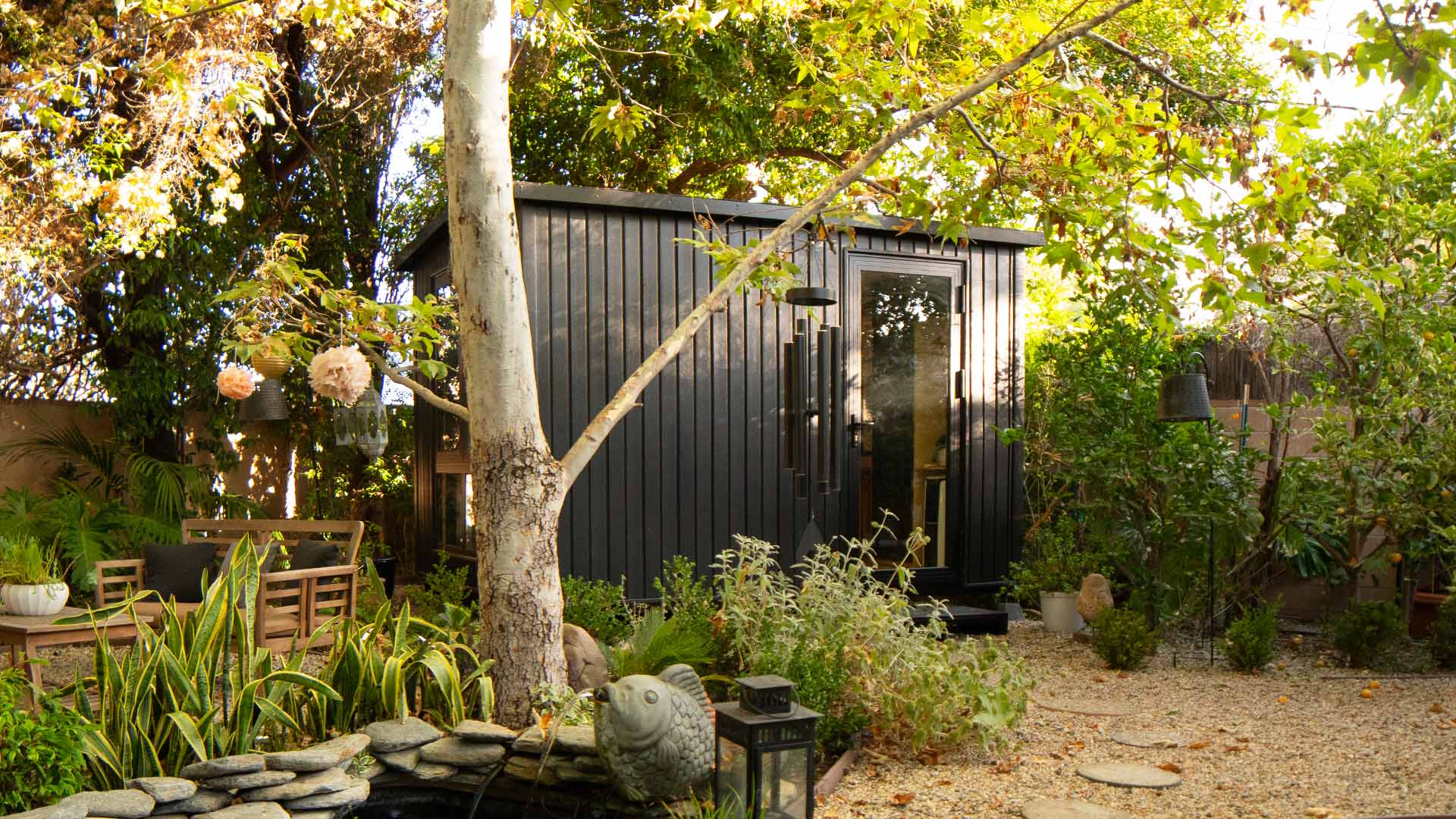
What Is a Junior Accessory Dwelling Unit? Find Out Here!
Table of Contents
As the cost of housing continues to rise, more homeowners are getting creative with how they use their space. One of the most efficient ways to do that is by building an Accessory Dwelling Unit (ADU)—or better yet, a Junior Accessory Dwelling Unit (JADU) if you're looking for a more budget-friendly option.
As a specialist in prefab homes and modular living, I've helped plenty of folks navigate the world of ADUs and JADUs. In this guide, we’ll unpack what a junior ADU really is, how it compares to a traditional ADU, why it might be a smart choice for your property, and what the requirements look like—especially if you live in California.
ADU vs. JADU – What is the Difference?
What is an Accessory Dwelling Unit?
Before diving into junior ADUs, let’s quickly define what an Accessory Dwelling Unit is. A prefab ADU is an independent living structure that you can install beside your original house. Note that an ADU is located in the same geographical property as your base home. It is a detached house with amenities such as a separate kitchen, bathroom, or playroom. ADUs are also known as granny houses and secondary units.
ADU design ideas are built separately from the original house. They are detached from the original home having their utilities and amenities.
They're commonly used as long-term rentals, housing for extended family, guesthouses, or private home offices. The appeal is obvious: you get more usable living space and potential rental income without needing to buy a second property.
What is a Junior Accessory Dwelling Unit?
A Junior Accessory Dwelling Unit (JADU) is a small, self-contained living unit built within or attached to a main house. They are also known as "in-laws" or "granny flats." JADUs are typically smaller than the primary residence and are intended to provide additional living space for family members, renters, or guests.
JADUs can be called smaller versions of an ADU. JADUs share utilities such as washrooms and kitchens with the primary house. They are attached to the primary house rather than detached ADUs and have their amenities.
They are becoming an increasingly popular option for homeowners looking to add extra income or accommodate aging family members.
Key Differences
To help clarify the distinction between ADUs and JADUs, we’ve created the following comparison table:
Feature | ADU (Accessory Dwelling Unit) | JADU (Junior Accessory Dwelling Unit) |
Size | Larger than 500 sq. ft. (up to 1,200 sq. ft.) | Maximum of 500 sq. ft. |
Attachment to Primary Residence | Can be detached or attached | Must be attached to the primary residence |
Kitchen | Full kitchen with stove, refrigerator, etc. | Smaller kitchenette (may not include stove) |
Bathroom | Full bathroom (shower, toilet, sink) | May share bathroom with primary residence |
Utilities | Separate or shared utilities | Shared utilities (water, gas, electricity) |
Location | Can be in the backyard or attached to the home | Must be inside the primary residence |
Purpose | Independent living space | Smaller, often for family or rental purposes |
Cost | Higher due to larger size and separate infrastructure | Typically lower due to smaller size and shared utilities |
Permitting Process | Requires separate permitting process | Streamlined permitting process in many areas |
Choosing Between an ADU and a JADU
ADU: If you’re looking for a larger, fully independent living space—whether for a family member, a rental unit, or a guest house—an ADU is the better choice. They offer more flexibility and can be detached, providing more privacy. However, ADUs tend to be more expensive due to their larger size, full kitchens, and separate utilities.
JADU: If you’re limited by space or budget, a JADU can be an excellent solution. JADUs are particularly suitable for homeowners looking to create additional space for family members or as a rental unit in a smaller, more cost-effective format. However, JADUs are limited to a smaller size and must be attached to the main residence, making them less private than an ADU.
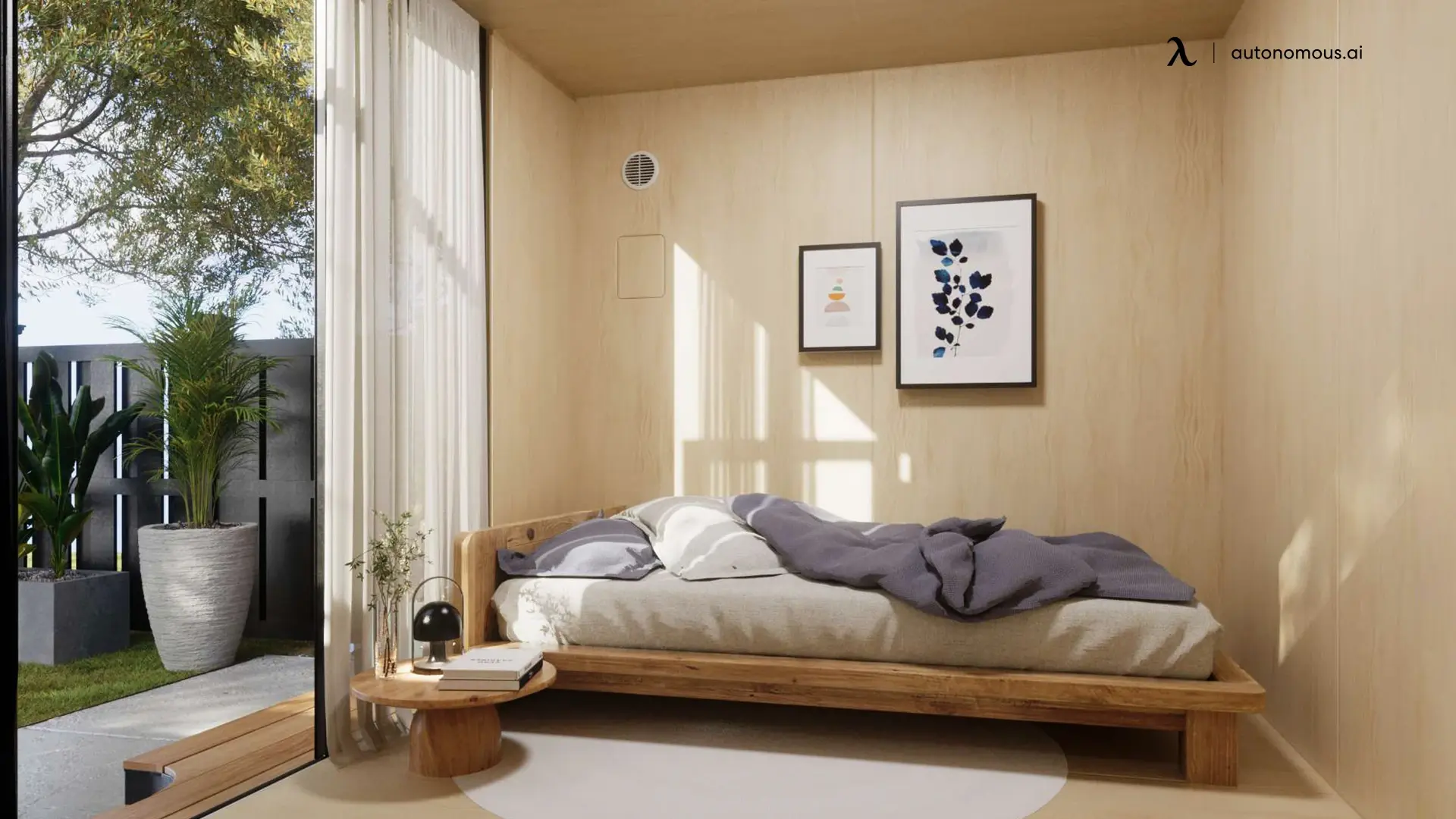
What Are the Benefits of Junior Accessory Dwelling Units (JADUs)
Just like backyard accessory dwelling units have various benefits, JADUs also have a variety of plus points for which they are in demand among house owners. Some of the main benefits are:
1. House Affordability
With real estate prices still climbing, especially in metro areas, adding a junior ADU gives you flexibility without needing to relocate. You can create a private living area for your family or rent it out to offset your mortgage—without spending six figures on a detached unit.
Since JADUs are conversions rather than new builds, they require far less capital. This is perfect for homeowners who want to do more with their space but don’t have the budget for a full construction project.
2. Passive Income
Renting out a jr ADU (either short-term or long-term) can become a reliable source of side income. Because you’re working with existing square footage, you may break even faster than you would with a detached ADU. Plus, rental demand for smaller, more affordable units is growing—especially among students, young professionals, and retirees.
3. Multi-Generational Living
Families are living together under one roof more than ever. A JADU makes it easier to accommodate aging parents, college kids, or returning adult children—giving them privacy without isolation. It’s a way to support your loved ones without the stress of moving or expanding your home’s footprint.
4. Increase in Property Value
Even a small, well-designed junior accessory dwelling unit can boost your home’s resale value. Buyers love flexible spaces—and if your JADU is permitted and up to code, it adds market appeal, especially in areas where housing supply is tight.
5. Specialized Space
Just like modular sheds can be transformed into anything you want, you can turn around Junior Accessory Dwelling Units into places of value. If you do professional gaming, you can build a dedicated gaming room into a JADU. Furthermore, you can make a kid’s room or a dedicated working space through a JADU.
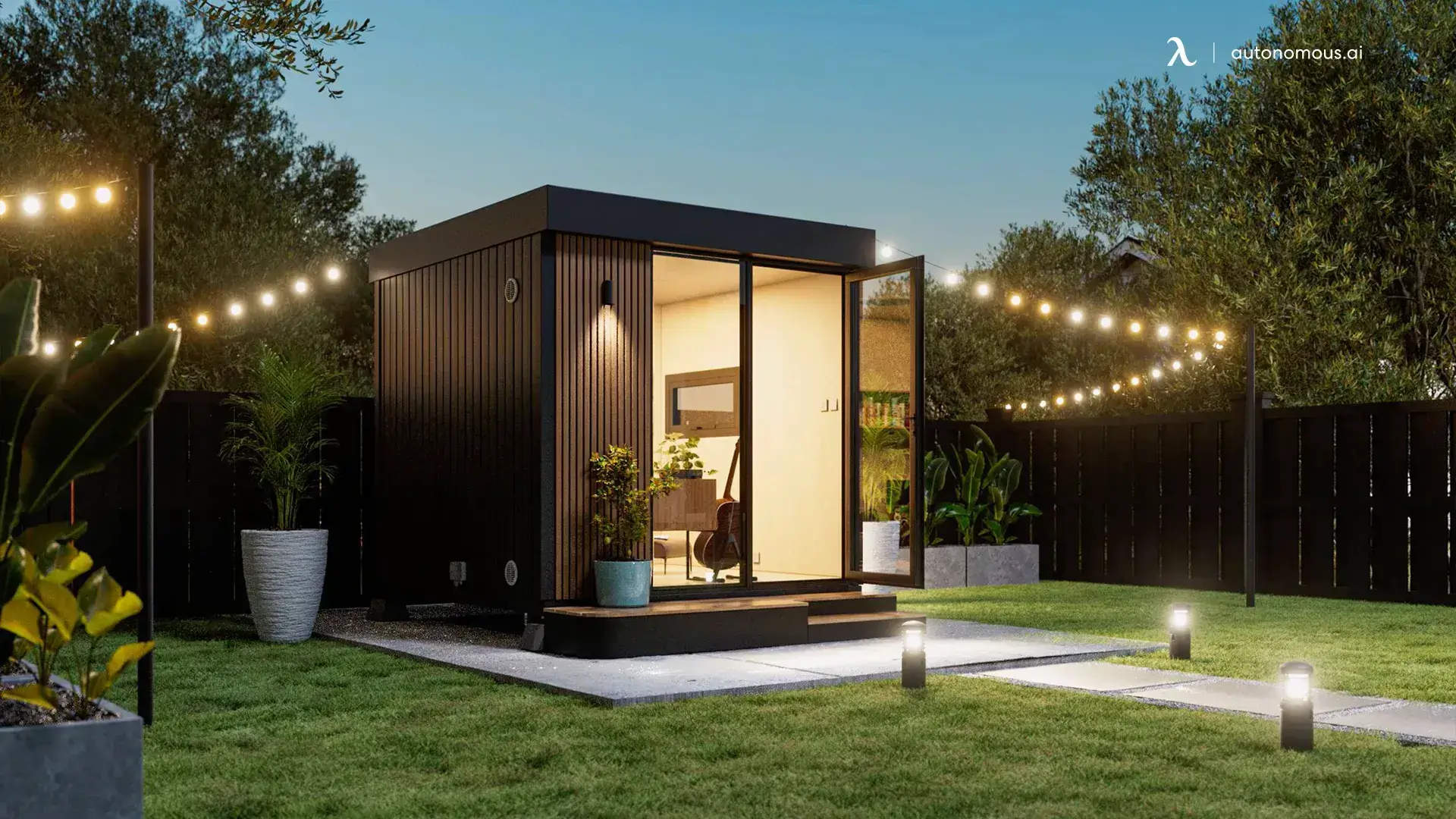
Understanding Junior ADU Requirements in the U.S.
1. General Eligibility for Junior ADUs
Before embarking on the process of building a junior ADU, it's essential to understand the basic eligibility requirements and regulations for your area. While laws vary by state and municipality, here are some common guidelines:
- Zoning and Location: In most areas, junior ADUs are allowed in residential zones, but it’s crucial to check with your local zoning office to confirm that your property is eligible.
- Lot Size: While some municipalities don’t have a minimum lot size requirement, others may require your property to meet certain criteria, such as a minimum square footage or specific setback distances from property lines.
- Ownership: Typically, only homeowners who live on the property can build a junior ADU. The unit must be located on the same parcel as the primary residence.
2. Building and Design Requirements for Junior ADUs
Junior ADUs have specific building requirements that differentiate them from standard ADUs. Here are some of the common design and construction features:
- Attached to the Primary Dwelling: Unlike traditional ADUs, which can be detached, junior ADUs must be attached to the primary residence. This could mean converting an existing garage, basement, or part of the house.
- Size Limitations: Junior ADUs are generally smaller than traditional ADUs, with a maximum size of 500 square feet. This limitation helps to ensure that these units are efficient and affordable, while also not overcrowding residential lots.
- Kitchen and Bathroom: While Junior ADUs must be self-contained units, they may have different junior ADU kitchen requirements compared to traditional ADUs. Some areas allow for smaller, more basic kitchen setups, and others may require a fully functional kitchen. Bathrooms are generally required, but the specific requirements can vary.
3. Junior ADU Kitchen Requirements
One of the key components of any ADU is the kitchen. However, the junior ADU kitchen requirements are often more flexible than those of larger ADUs. In some cases, municipalities may allow a smaller, more basic kitchen setup rather than a full kitchen. This could mean:
- Basic Kitchen Setup: A junior ADU may only require a kitchenette, which typically includes a small refrigerator, microwave, and sink. Full-size stoves or ovens may not be necessary, depending on local regulations.
- Shared Utilities: In many cases, junior ADUs share some utilities with the primary residence. This could include a shared water heater, gas line, and electrical system. However, some areas may require separate utilities for the unit.
- Functionality and Code Compliance: Even with smaller kitchens, the junior ADU kitchen requirements must still meet basic safety codes. For example, the kitchen must have proper ventilation, electrical outlets, and plumbing in compliance with local building codes.
4. Permitting and Approval Process for Junior ADUs
The process of getting approval for a junior ADU varies from one area to another. However, the basic steps are generally as follows:
- Application: You’ll need to submit an application for a permit with your local building department, detailing your plans for the junior ADU.
- Site Plan and Design: A site plan and design drawings will typically be required. These must show how the junior ADU will fit within the existing property, including any proposed changes to the structure or utilities.
- Approval Process: The local building department will review your application and ensure it meets all zoning, safety, and construction codes. Some municipalities have expedited review processes for junior ADUs to encourage their development.
- Inspections: Once your junior ADU is built, inspections will be conducted to ensure the work meets all local building codes and safety regulations.
5. Legal Considerations and Restrictions
Before constructing your junior ADU, it’s essential to understand the legal considerations in your area:
- Renting the Junior ADU: Many homeowners build junior ADUs as a way to generate rental income. However, some municipalities have restrictions on short-term rentals or other leasing terms. Be sure to research local rental regulations before renting out your junior ADU.
- Building Codes and Safety Regulations: Ensure that your junior ADU complies with local building codes. This includes meeting safety regulations for fire, electrical, and plumbing systems.
- Occupancy Limits: Some cities may have occupancy restrictions for junior ADUs regarding the number of people allowed to live in the unit.
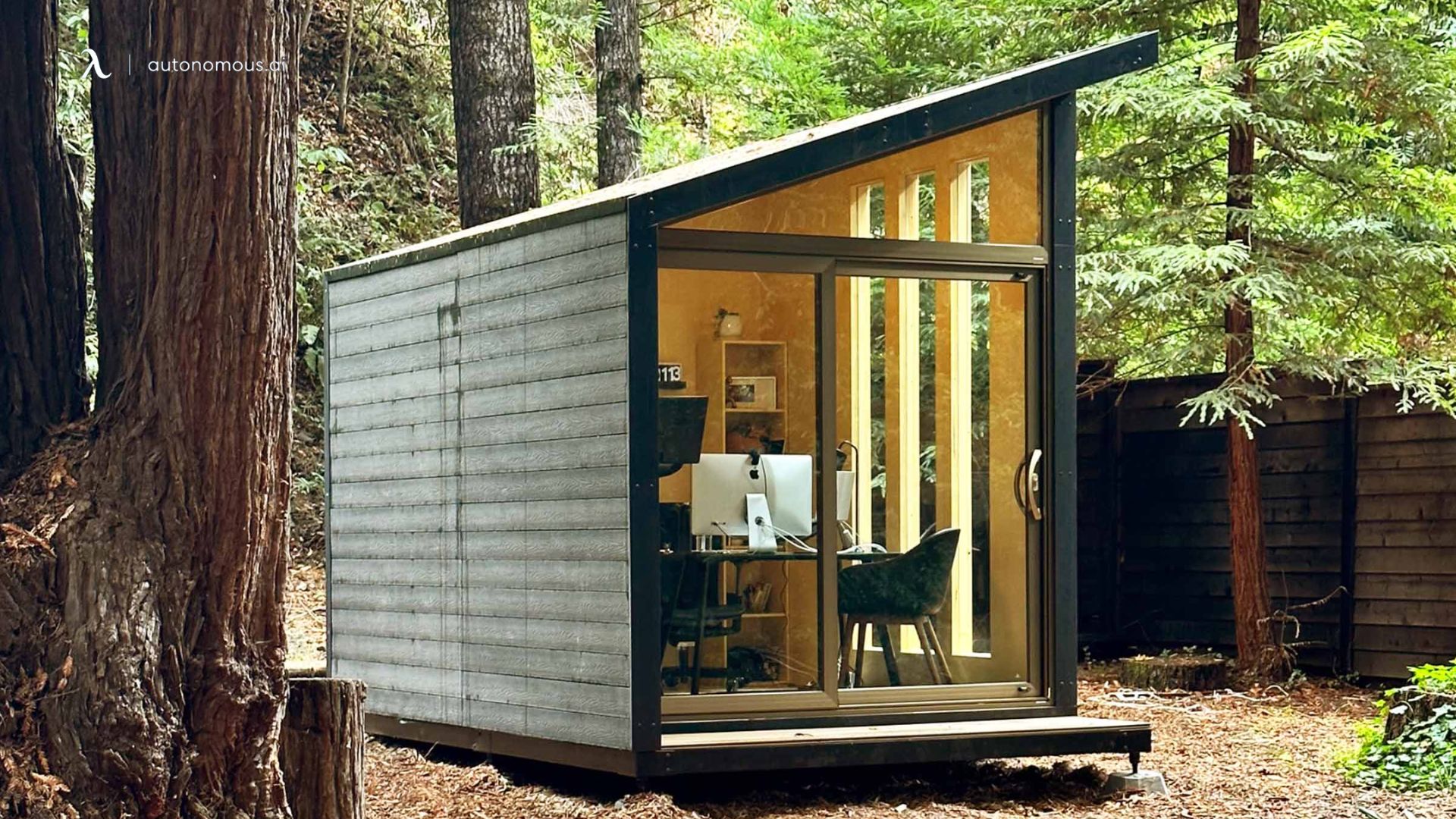
Junior Accessory Dwelling Unit in California
A Junior ADU in California is a small, self-contained living unit that is typically attached to the primary residence. These units are meant to offer a more affordable alternative to traditional ADUs by utilizing existing space within the main house—such as converting a garage or basement—while remaining under 500 square feet. The goal is to provide homeowners with a flexible space that can serve as rental income, housing for family members, or a guest suite, all while meeting the state’s building and zoning regulations.
1. JR ADU California Requirements
Building a JR ADU in California is a great way to maximize the use of your property, but it's important to understand the specific junior ADU requirements set by the state. Here are some key guidelines for constructing a JR ADU in California:
- Size Limitation: A JR ADU in California must be no larger than 500 square feet.
- Attachment to the Primary Residence: The unit must be physically attached to the main house, typically through a shared wall, which differentiates it from a traditional detached ADU.
- Kitchen Requirements: A JR ADU must have a small kitchen, though it is often less extensive than that of a full ADU. California law allows for a kitchenette in the unit instead of a full kitchen. The kitchen must meet the basic requirements for functionality and safety.
- Separate Entry: There must be a separate entrance for the JR ADU so that it functions as a private living space. However, California law allows a shared bathroom in some cases.
- Permitting and Approvals: Local building departments must approve your plans for a JR ADU, and you will need to submit the necessary permits for construction. Many cities have streamlined approval processes for JR ADUs to make the process faster and more accessible.
2. JR ADU Los Angeles Requirements
Los Angeles, with its high population and housing demand, has adopted specific regulations for building JR ADUs in the city. Here are the primary junior ADU Los Angeles requirements you need to consider:
- Zoning: JR ADUs are allowed in most residential zones in Los Angeles, including single-family and multi-family residential areas. However, check with the city’s zoning office to confirm the eligibility of your property.
- Size: The maximum size for a JR ADU in Los Angeles is 500 square feet, which follows California state guidelines.
- Existing Space: Like in other parts of California, a JR ADU in Los Angeles must be built using existing space in the primary residence, such as converting a garage or portion of the home.
- Permitting Process: Los Angeles has streamlined the approval process for JR ADUs, and in many cases, you can obtain approval through an expedited process. However, be sure to submit your plans to the city’s building department for approval before starting construction.
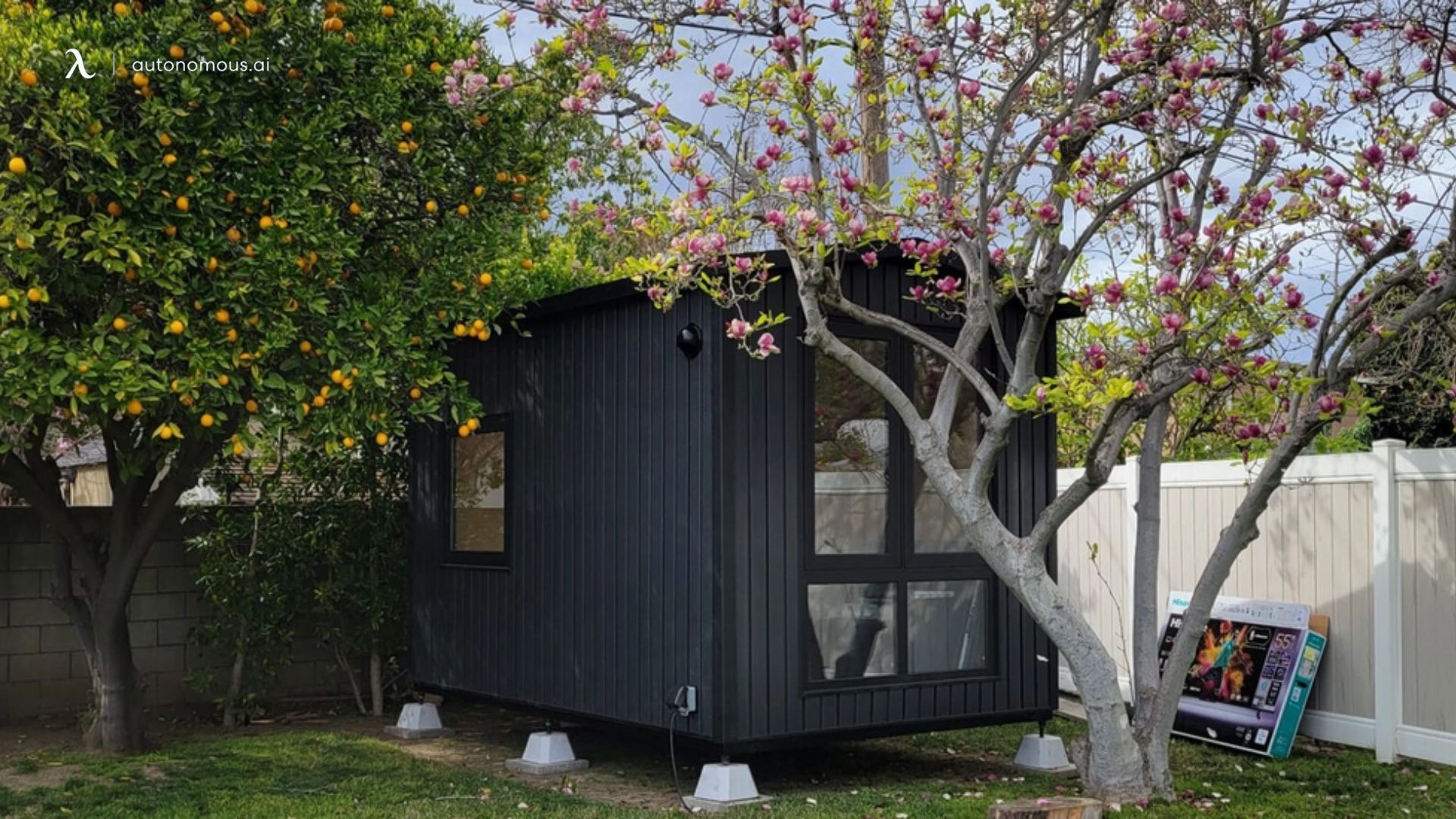
Final Remarks
So, what is a junior ADU? It’s a small but mighty housing solution that turns part of your home into a flexible, income-generating, or family-supporting space.
Compared to building a full-sized ADU, a junior accessory dwelling unit is easier to permit, faster to complete, and significantly more affordable. For homeowners looking to get the most out of their property—especially in states like California—it’s a no-brainer.
If you’re considering a JADU and want advice on design, permits, or even prefab-friendly layouts, feel free to reach out. It’s what I do.
Spread the word
.svg)







